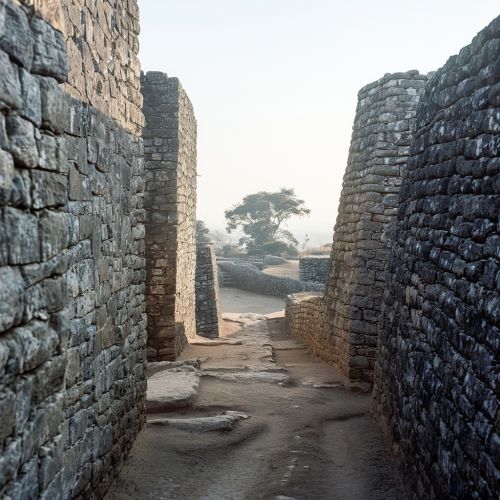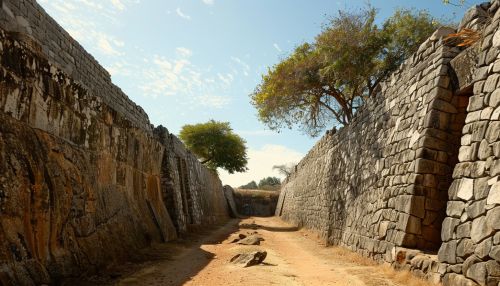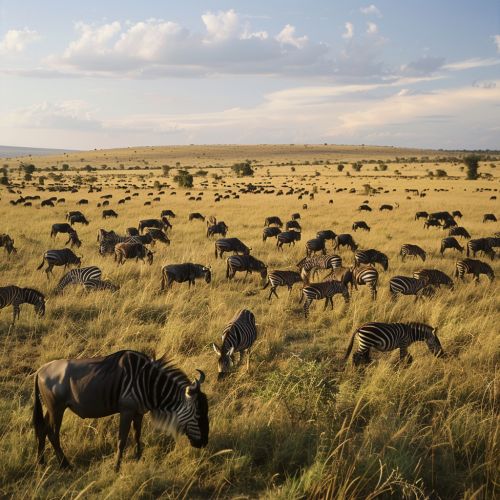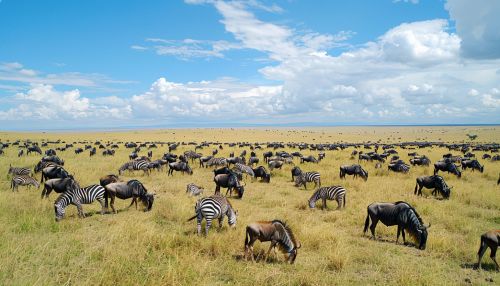UNESCO World Heritage Sites in Africa
Introduction
The United Nations Educational, Scientific and Cultural Organization (UNESCO) World Heritage Sites are landmarks or areas recognized by the organization for having cultural, historical, scientific, or other forms of significance. These sites are legally protected by international treaties. Africa, with its rich and diverse heritage, is home to numerous UNESCO World Heritage Sites. This article delves into the various UNESCO World Heritage Sites located across the African continent, exploring their historical, cultural, and environmental significance.
Historical and Cultural Sites
Great Zimbabwe
Great Zimbabwe is an ancient city in the southeastern hills of Zimbabwe near Lake Mutirikwe and the town of Masvingo. It was the capital of the Kingdom of Zimbabwe during the country's Late Iron Age. The city, which spanned an area of about 7.22 square kilometers, was constructed by the ancestral Shona people. The ruins, which are now a UNESCO World Heritage Site, are known for their impressive dry stone walls, some of which are over five meters high.


Rock-Hewn Churches of Lalibela
The Rock-Hewn Churches of Lalibela are eleven monolithic churches carved out of rock in the town of Lalibela in northern Ethiopia. These churches were constructed during the reign of King Lalibela in the 12th century and are a significant pilgrimage site for Ethiopian Orthodox Christians. The churches are notable for their unique architecture and the ingenuity required to carve them directly from the rock.
Timbuktu
Timbuktu, located in Mali, is an ancient city that was a significant center of Islamic learning and culture during the 15th and 16th centuries. It is home to three great mosques: Djinguereber, Sankore, and Sidi Yahya, which are part of the UNESCO World Heritage Site. Timbuktu's manuscripts, which cover various subjects such as astronomy, medicine, and law, are also of great historical importance.
Natural Sites
Serengeti National Park
Serengeti National Park in Tanzania is one of the most famous wildlife reserves in the world. It is renowned for its annual migration of over 1.5 million white-bearded wildebeest and 250,000 zebra. The park covers 14,763 square kilometers and is home to a diverse range of flora and fauna, including the "Big Five" (lion, leopard, rhinoceros, elephant, and Cape buffalo).


Victoria Falls
Victoria Falls, located on the border between Zambia and Zimbabwe, is one of the largest and most famous waterfalls in the world. It is known locally as "Mosi-oa-Tunya," which means "The Smoke That Thunders." The falls are part of the Zambezi River and have a width of approximately 1,708 meters and a height of 108 meters. The mist from the falls can be seen from miles away, creating a unique and breathtaking spectacle.
Okavango Delta
The Okavango Delta in Botswana is one of the world's largest inland deltas. It is formed where the Okavango River reaches a tectonic trough in the central part of the endorheic basin of the Kalahari. The delta is a unique ecosystem, providing a habitat for a wide variety of wildlife, including elephants, lions, and numerous bird species. It is also a UNESCO World Heritage Site due to its exceptional biodiversity and ecological significance.
Archaeological Sites
Pyramids of Giza
The Pyramids of Giza, located on the Giza Plateau near Cairo, Egypt, are among the most iconic structures in the world. These ancient pyramids were constructed during the Fourth Dynasty of the Old Kingdom of Egypt and serve as tombs for the pharaohs Khufu, Khafre, and Menkaure. The Great Pyramid of Giza, the largest of the three, is one of the Seven Wonders of the Ancient World and the only one to remain largely intact.
Carthage
Carthage, located in modern-day Tunisia, was a major ancient city that played a significant role in the Mediterranean region. Founded by the Phoenicians in the 9th century BCE, Carthage became a powerful city-state and a center of trade and commerce. The archaeological site of Carthage includes the ruins of the Punic and Roman cities, showcasing a rich history of cultural and architectural achievements.
Conservation and Challenges
Threats to Heritage Sites
Many UNESCO World Heritage Sites in Africa face significant threats, including environmental degradation, climate change, and human activities such as urbanization, deforestation, and poaching. These threats can lead to the deterioration of the sites' physical structures and the loss of their cultural and natural values.
Conservation Efforts
Efforts to conserve and protect UNESCO World Heritage Sites in Africa involve a combination of local, national, and international initiatives. These efforts include legal protection, community engagement, sustainable tourism practices, and scientific research. UNESCO also provides technical assistance and funding to support conservation projects and capacity-building programs.
